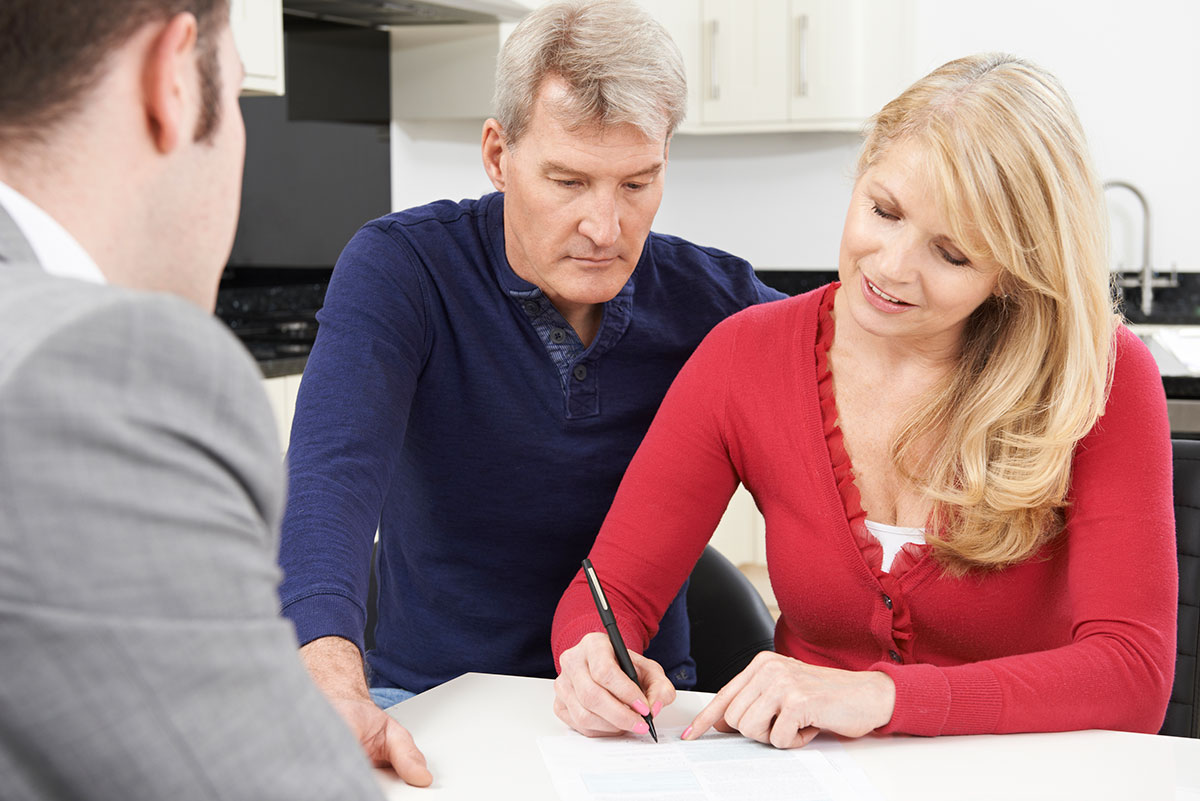
The majority of personal bankruptcies are voluntarily filed by a debtor (the person who owes money) to provide them relief from overwhelming debt. The debtor contacts a Licensed Insolvency Trustee (found through an internet search, radio advertisement, or a direct referral from a friend or trusted professional) to discuss their financial situation and explore debt relief solutions. The following explains the basics of what happens when you file bankruptcy:
- You sign statutory documents detailing your financial situation – assets, liabilities, personal information, and monthly income and expenses which the trustee files with the Office of the Superintendent of Bankruptcy.
- Your unsecured creditors are then stayed from pursuing you for collection – garnishments and collection calls will cease.
- The trustee must realize on any assets that you own that are not secured nor exempt. Realize means the trustee must sell the asset or you must pay the trustee to keep the asset. An example is RRSP contributions of $600 in the 12 months prior to filing bankruptcy. Your trustee can either contact the financial institution directly to cash your RRSP, less 10% withholding tax, and send the net proceeds of $540 to the trustee or you can pay the trustee $540 to keep the RRSP.
- In Ontario, household furnishings up to $14,180, a vehicle up to a liquidation value of $7,117, tools of the trade up to $14,405, and your principal residence if the equity is less than $10, 783 are all exempt and protected from your trustee and creditors.
- Assets that are fully secured by a registered loan can be retained and payments continued or returned to the secured creditor. In many cases, an automobile may be secured by a loan far in excess of the current value of a vehicle. If the car is worth $10,000 and the balance of the loan is $20,000, it may be prudent to return the vehicle and have the shortfall cleared in your bankruptcy.
- The trustee will determine if surplus income payments are required based on your income and non-discretionary expenses disclosed at signing. You must submit monthly income and expense statements for the trustee to verify surplus income payment requirements.
- You must attend 2 counselling sessions on budgeting and planning for the future.
- There are statutory duties under the Bankruptcy and Insolvency Act that you must comply with –turning over all credit cards to the trustee, providing tax information, attending creditors meeting and an examination under oath (if required).
- A first time bankrupt with no surplus income payments will be eligible for an automatic discharge in 9 months. Other factors may extend the duration of your bankruptcy.
- A first-time bankruptcy will be reported on your credit report as an R9 for 6-7 years from your discharge.
Learn More: What happens if someone co-signed one of my debts?
For more information on personal bankruptcy, please contact one of our Licensed Insolvency Trustees for a free, initial assessment or visit our website at https://freshstartnow.ca/the-process/personal-bankruptcy/.
 By Kathy Lenart – Insolvency Partner, Licensed Insolvency Trustee
By Kathy Lenart – Insolvency Partner, Licensed Insolvency Trustee
CPA, CA, CIRP
Member and Secretary of the Ontario Association of Insolvency
and Restructuring Professionals (OAIRP)
Canadian Association of Insolvency and Restructuring Professionals (CAIRP)
Leave A Comment